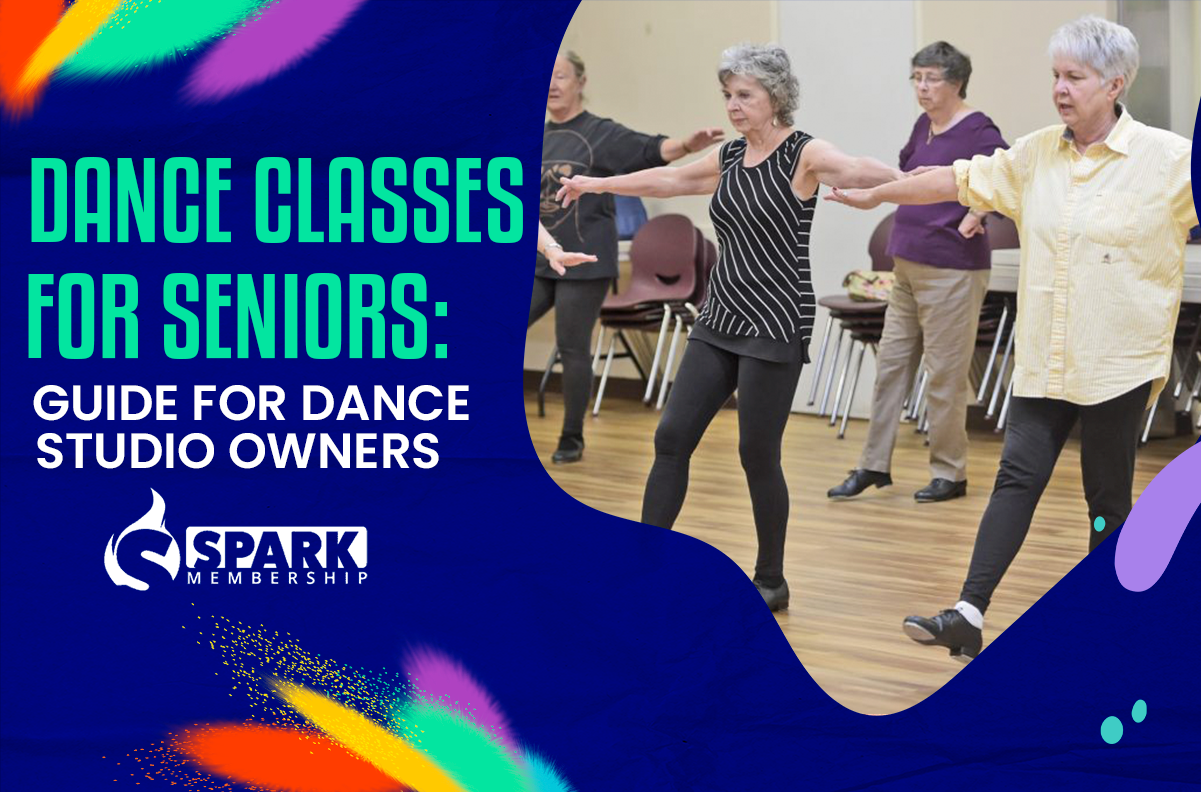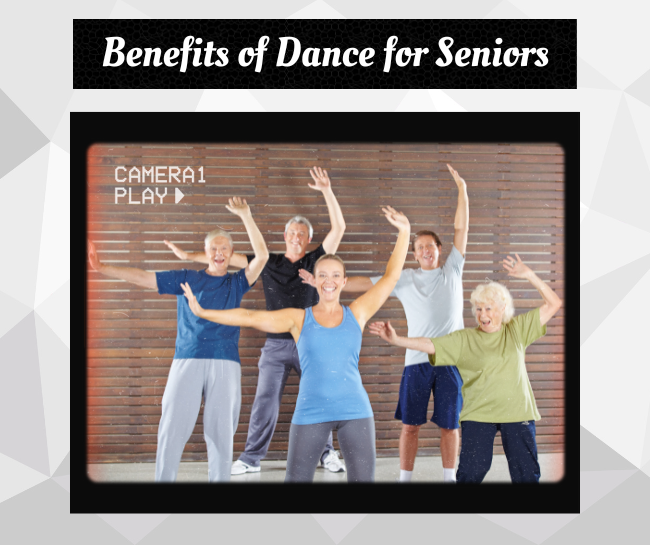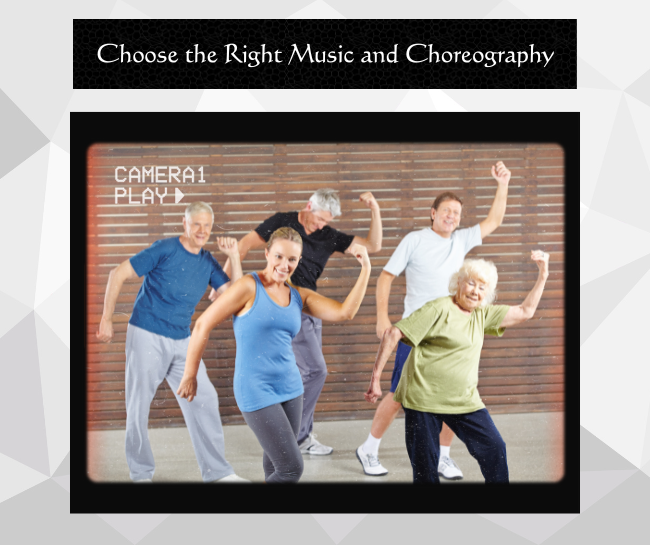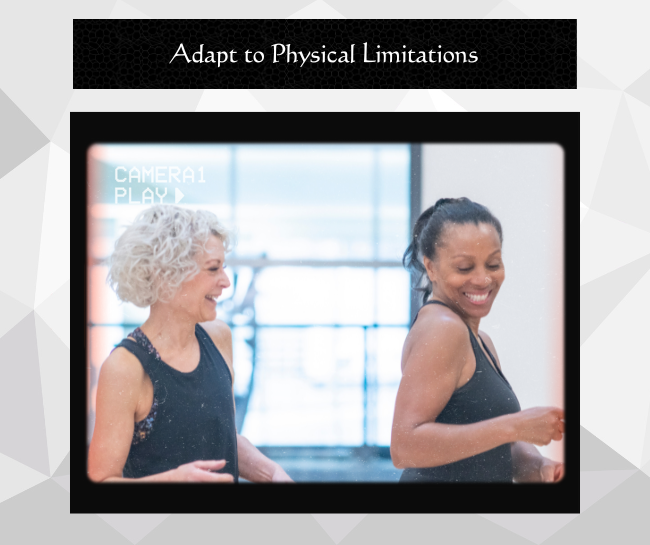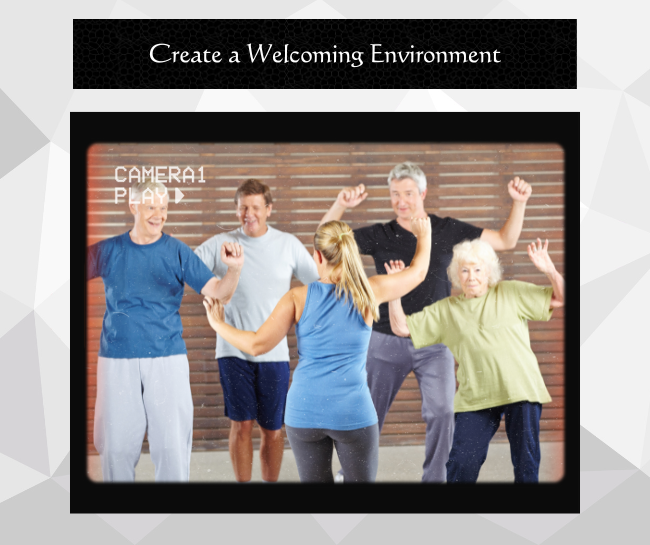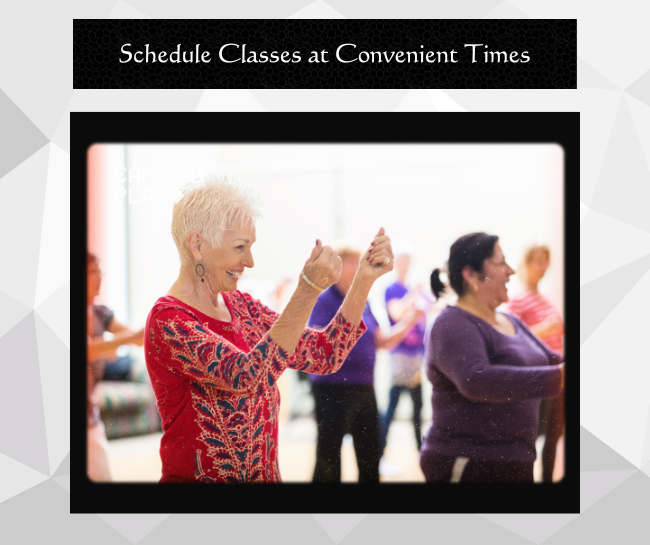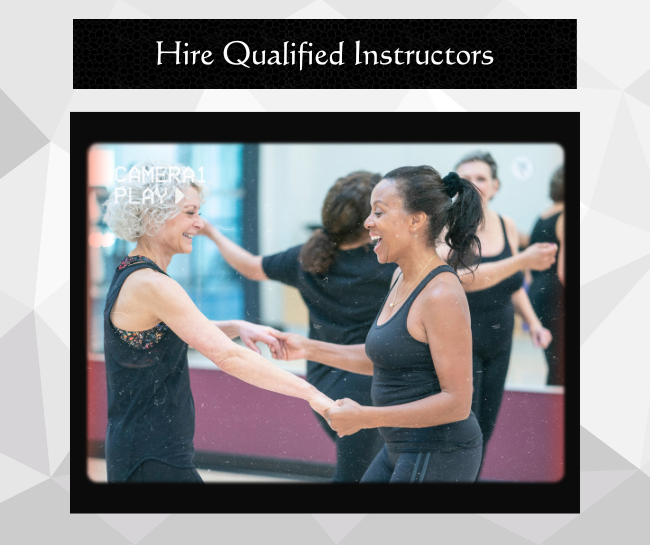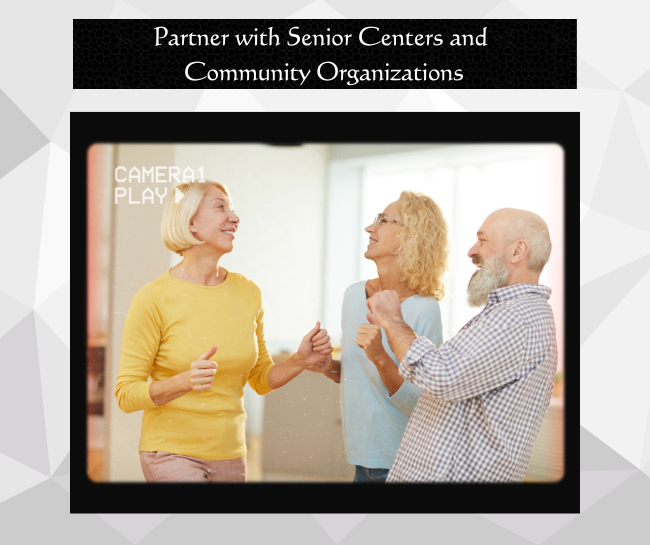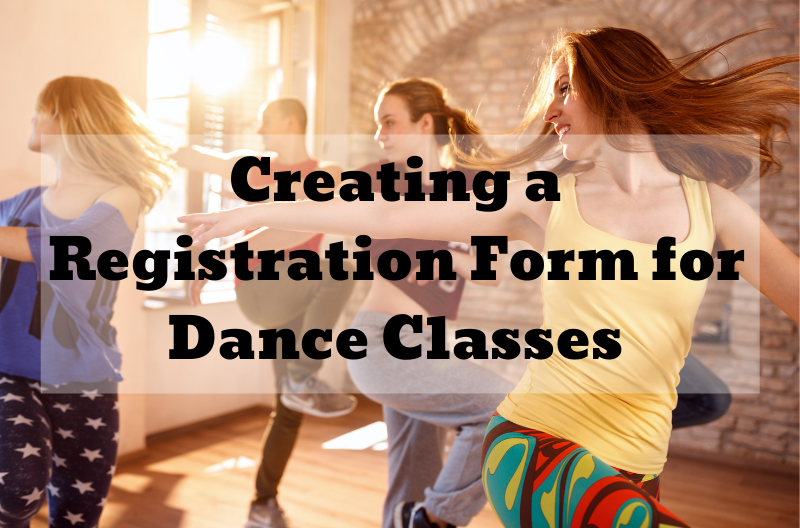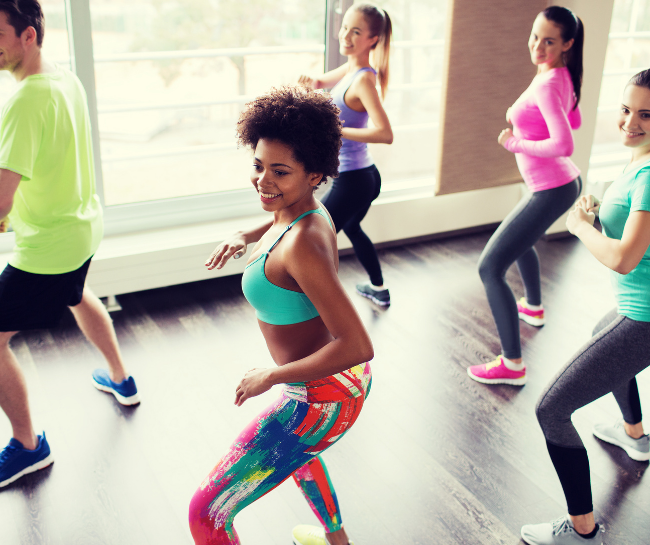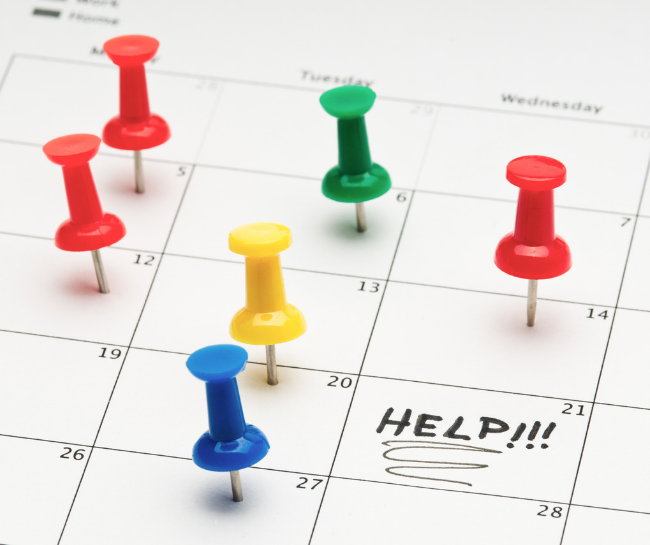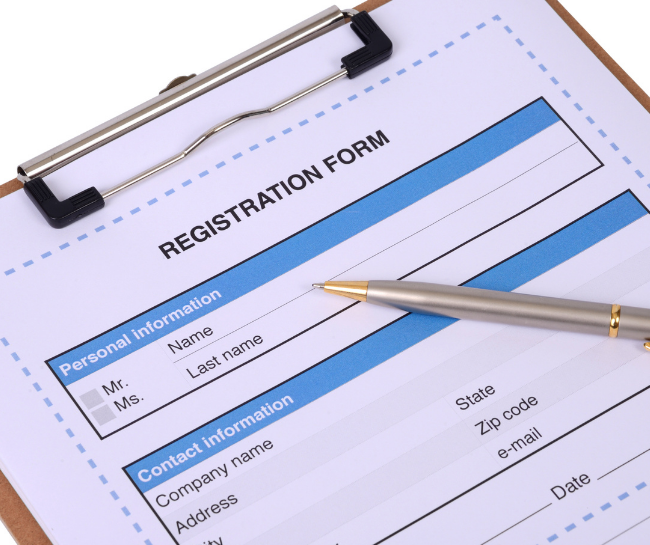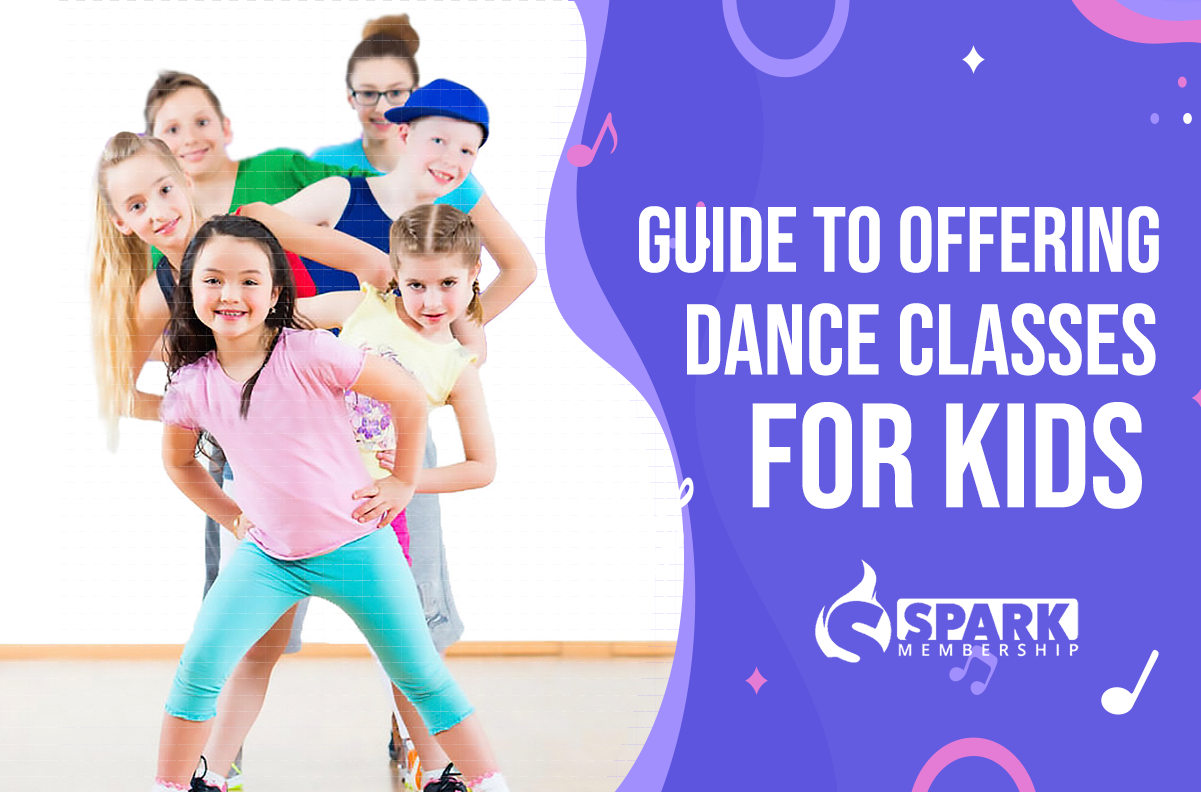
Dancing is a fun activity that can be enjoyed by people of all ages. For children, dance classes provide an opportunity to learn a new skill, make new friends, and develop a sense of discipline and confidence. In this guide, we will cover everything you need to know about offering dance classes for kids, from the benefits of dance to age-appropriate classes and how to start your own dance school.
Benefits of Dance Classes for Kids
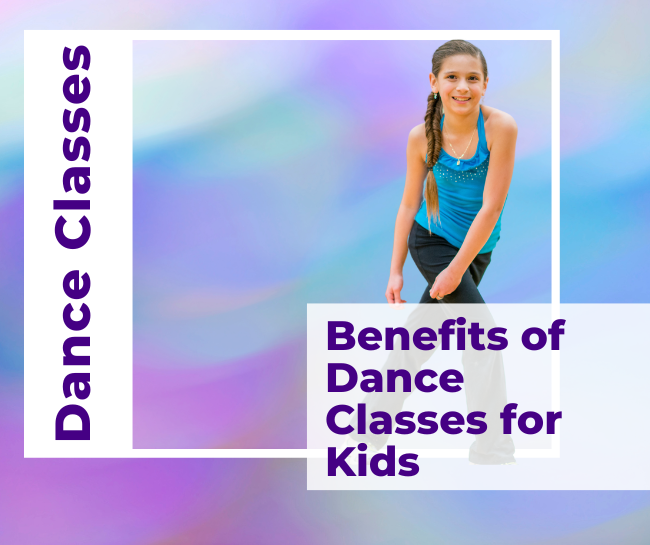
Dance classes for kids provide numerous benefits for their physical and mental health. Regular dance practice helps to improve coordination, balance, and posture, which can lead to better overall physical fitness. Dancing also helps to develop strength and flexibility, which can reduce the risk of injury and improve the child’s overall health.
Aside from physical health benefits, dance classes for kids also provide significant mental health benefits. Research has shown that dance can help to reduce stress, anxiety, and depression, and improve overall mood. Dancing provides an outlet for children to express their emotions and creativity, which can improve their self-confidence and self-esteem.
💡Dance classes for kids not only promote physical fitness and coordination but also cultivate creativity, self-expression, and confidence, fostering a lifelong appreciation for the art of movement.
Age-Appropriate Dance Classes for Kids
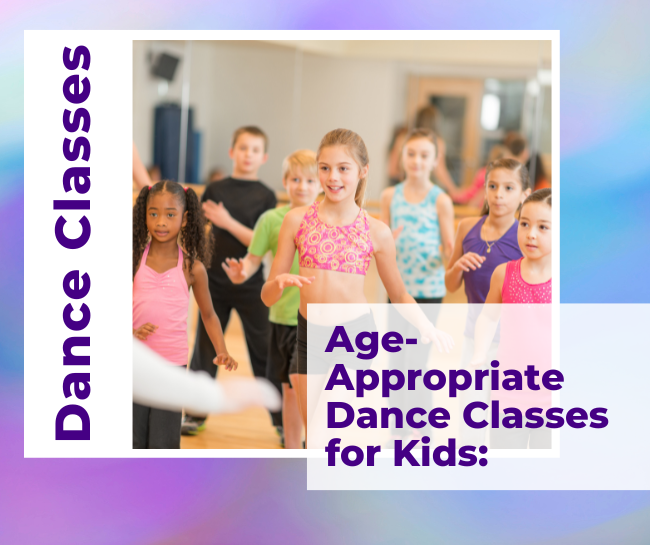
When it comes to dance classes for kids, it is essential to consider the age of the child to ensure that the classes are appropriate for their developmental stage. Creative movement classes for toddlers are an excellent way to introduce young children to the basics of dance. These classes focus on teaching children to move their bodies to music, building coordination and rhythm.
- For children ages 5-7, ballet classes are a great option. Ballet classes provide a foundation for other dance styles and focus on developing strength, flexibility, and proper technique.
- For children ages 8-11, jazz dance classes are a great option, as they focus on developing rhythm, coordination, and improvisation skills.
- For children ages 12 and up, hip hop dance classes are a great option, as they focus on developing rhythm, coordination, and creativity.
How to Start a Dance Class for Kids
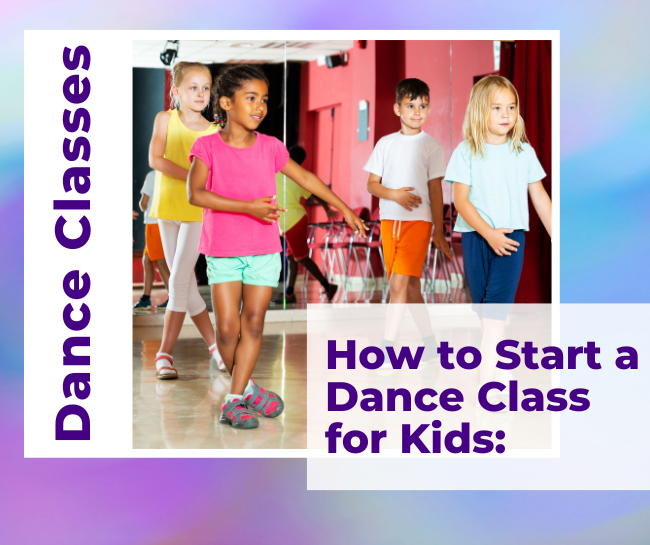
Starting a dance class for kids can be a rewarding experience, but it requires careful planning and preparation. First, it is essential to determine your target audience and the type of dance classes you want to offer. Next, develop a business plan that includes your goals, financial projections, and marketing strategies.
Once you have developed your business plan, you can start setting up your dance studio. This includes finding a location, securing equipment and supplies, and hiring qualified instructors. It is essential to ensure that your studio is safe and comfortable for children, with adequate ventilation and lighting, and age-appropriate equipment.
💡Start a dance class for kids with passion, patience, and a child-centered approach to inspire a lifelong love of dance, creativity, and confidence.
Finding the Right Dance Class for Kids
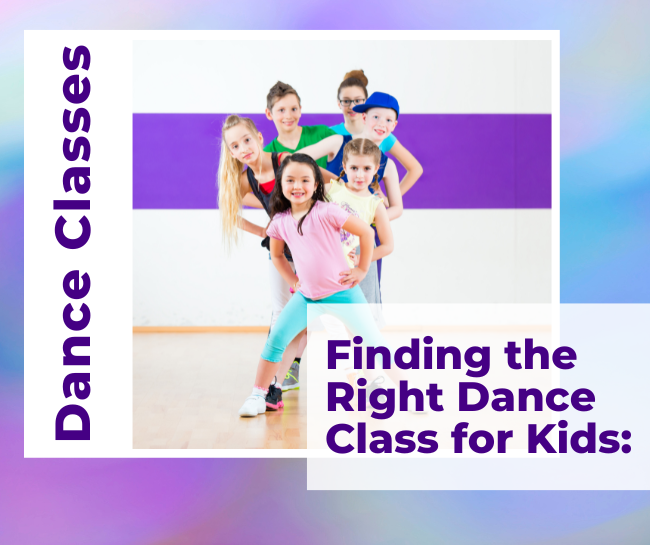
Finding the right dance class for your child can be a challenging process, as there are many factors to consider.
- Consider your child’s age: Different dance styles are better suited for different age groups. For example, ballet classes may be more appropriate for younger children, while hip hop classes may be better suited for older kids.
- Look for age-appropriate classes: Make sure the dance class you choose is tailored to your child’s age group. Younger children may benefit from classes that focus on basic coordination and motor skills, while older children may want more advanced classes that challenge them.
- Consider your child’s interests: Does your child love classical music and graceful movements? Or do they prefer high-energy pop music and fast-paced movements? Choosing a dance style that matches your child’s interests can help keep them engaged and motivated.
- Consider your child’s skill level: If your child is new to dance, look for beginner-level classes that focus on the basics. If your child has prior dance experience, look for more advanced classes that can help them improve their technique and challenge them.
💡 Finding the right dance class for kids is like finding the perfect rhythm – it takes time and patience, but once you discover it, the result is a beautiful harmony between passion and skill.
Dance classes for kids provide numerous benefits physical and mental health benefits, while also helping them develop discipline, confidence, and creativity. By following these guidelines, you can provide a positive and enriching experience for children who are eager to learn and express themselves through dance.
Check out our blog post “Things to Consider When Creating Your Dance Class Schedule” for valuable insights and tips on how to create an effective and efficient schedule for your dance studio. And don’t forget to start using Spark Membership Software, the best solution for dance studio management. Start reading now!
